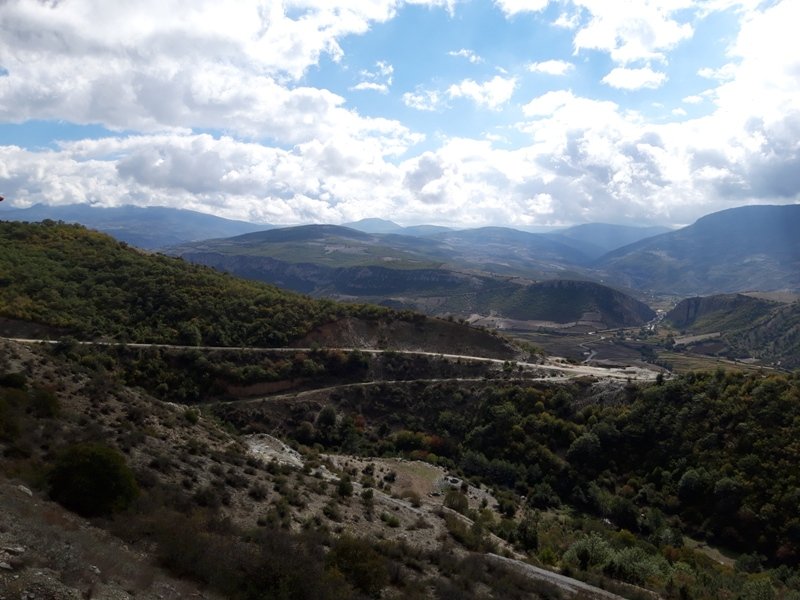Paleolithic shelters discovered in northern Iran

TEHRAN – A team of archaeologists has recently discovered several mountainous human dwellings in northern Iran, which are estimated to date back to the Paleolithic era.
“The Paleolithic dwellings were spotted during a survey being conducted in Hezarjarib district of Mazandaran province,” IRNA quoted Elham Qasidian, who leads the team, as saying on Monday.
“Geological conditions have formed numerous caves and shelters in the mountainous area of Hezarjarib.”
Using foothill shelters has been important for the humans because that way the surrounding plains and animal herds came under their domination, she added.
Iran’s Research Institute of Cultural Heritage and Tourism performs the survey in collaboration with the experts from the University of Cambridge.
Paleolithic Period, also called Old Stone Age, is a period in human prehistory distinguished by the original development of stone tools that covers c. 95% of human technological prehistory.
The onset of the Paleolithic Period has traditionally coincided with the first evidence of tool construction and use by Homo some 2.58 million years ago, near the beginning of the Pleistocene Epoch (2.58 million to 11,700 years ago).
AFM/MQ/MG
Leave a Comment